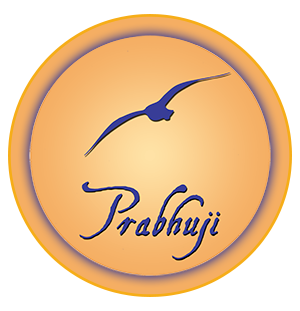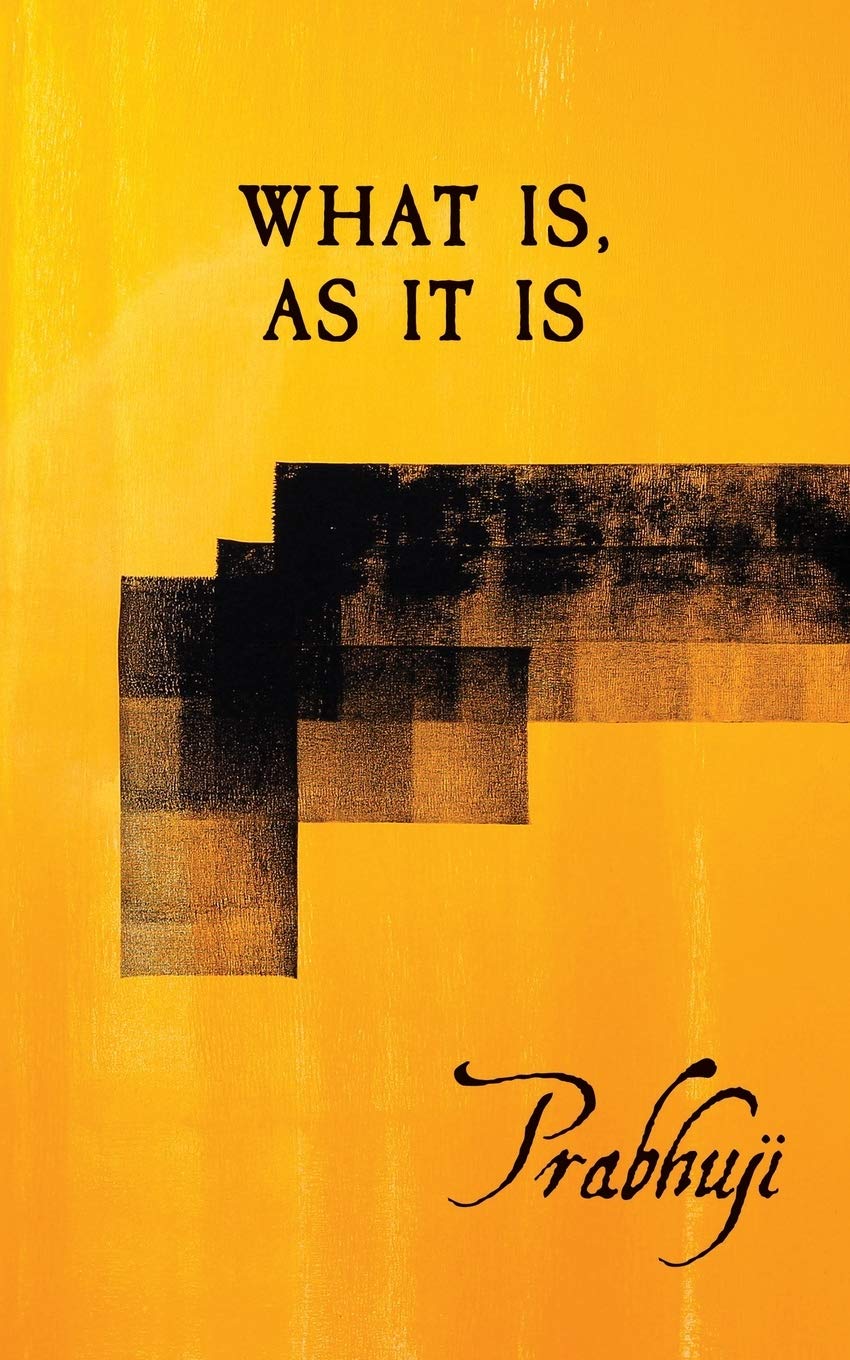February 20, 2010
oṁ
oṁ
oṁ
oṁ gaṁ gaṇapataye namaḥ
oṁ guṁ gurubhyo namaḥ
oṁ aiṁ sarasvatyai namaḥ
oṁ saha nāv avatu
saha nau bhunaktu
saha vīryaṁ karavāvahai
tejasvi nāv adhītam astu
mā vidviṣāvahai
oṁ śāntiḥ śāntiḥ śāntiḥ
hariḥ oṁ tat sat
For any religious person, seeker, dreamer, or anyone who lives with a yearning for freedom, one of the most important questions is if freedom is possible. And, what does this freedom mean? What does freedom consist of?
Some people think of politics when hearing the word freedom. However, freedom from communism or imperialism, freedom from the Chinese, the Arabs, or the Jews, freedom from my husband or wife; all of that isn’t true freedom because in that kind of freedom, we’re still completely focused on our fellow man, on the other. It’s an external and superficial freedom. We can call this material freedom.
It requires abundant introspection to understand that it’s impossible to change what happens, but what matters is changing how we see what happens to us. As is often said, don’t try to change the situation; change your attitude toward it.
Thus, when we speak of true freedom, we are referring to being free from ourselves. Is it possible to get rid of our behavioral patterns, of this mind, which is what we are, or at least what we believe ourselves to be?
The mind is made up of pain, misery, fears, ambitions, complexes, desires. Everything that constitutes it was added by others, and all this is what I believe myself to be. In fact, it is what I am, because according to the way we see our lives now, that is what we are. And the major question is: Is it possible to transcend all this mental content and liberate ourselves?
That is our world in which we move and live. Our world is between our ears. It’s the mind. That is what we are and that is our reality: the reality of our complexes, our ways of reacting, our attitudes, our fears and worries. That is our world and that is what we are. Can we free ourselves from this?
Why free ourselves? Because all that is mind is limited: comes from matter, from others, from the dimension of forms. It’s information received from our parents, siblings, friends, neighbors, schoolmates, co-workers, fellow soldiers, etc. Everything—from my name to the newspaper that I like to read, and my way of reacting when someone treats me with sympathy or contempt—comes from the dimension of forms, which is limited; therefore, all that I am is necessarily limited.
Being in this way, I am a limited being, and therefore, the desire for freedom is a grace. If I’m able to break free, I would be liberated from matter. Whether or not I can free myself is a very important question.
Now we can understand that nothing I do as the mind, as this content, can lead me beyond the mind. This is very important. Nothing I do as the I-idea, as the I-ego, as the I-concept can help me to transcend what I am. Nothing the ego does can take it beyond itself. And since there is nothing that can be done, all that remains is, so to speak, to sit and watch.
This is what is called dhyāna, or “meditation” in Hinduism, or Sanātana-dharma.
Meditation can only come after you experience that there is nothing you can do, that any effort will be fruitless, because every action stems from an idea, behind which is hiding a thought, and any thought or idea comes from the limited contents of the mind. Thus the “I”—the limited “I,” the I-idea—cannot bring itself beyond itself. It’s impossible to lift myself by holding myself tightly. Hence, nothing else remains but to watch… observe… and do nothing. And here we reach dhyāna, or “meditation.”
But, what is meditation? It’s to observe without doing anything on any level. On the physical level, action is simply the expression of a thought, a desire, an idea, so we must not do anything on the mental level: yogaś citta-vṛtti-nirodhaḥ. Meditation is to do nothing on the mental level, without any movement of the vṛttis; it’s just observing.
In this observing, we observe forms and movements. This is what we realize in karma yoga: the observation of action. In hatha yoga, while practicing the yogic postures, asanas, we observe each effort, each muscle, and each tendon. In prāṇāyāma, we observe our breathing: while inhaling, how the air passes through our nostrils, and while exhaling, how it comes out.
In this process of observation, we gradually interiorize. As we interiorize, we notice that what we once thought was internal becomes external. What was once the closest, my body, becomes distant, becomes something, because by observing my body, I create a distance between the “I” and the body. This is disidentification. The body stops being me to become just a body. In the same way, we continue internalizing, as we observe our thoughts, then our emotions and feelings. This is meditation.
Meditation is an observation of what is, as it is, without the influence and interference of the mind. The mind ceases to be the meditator and becomes the meditated, the observed. This is a serious challenge for many spiritual seekers: how do I cease identifying with the ego in order to discover what I really am? How do I get liberated from the ego? You can’t fight against the belief you have about yourself and reject the ego or reject yourself as an ego. You can’t push, kick, or beat yourself up. However, if you observe your reactions, your conclusions, the movement of thoughts and ideas, and your behavioral patterns, at a certain moment you will see a very interesting phenomenon: all that you manage to observe becomes subtle, loses solidity. Every idea, every concept, every conclusion, and every thought you observe, loses its substantiality: it evaporates, disappears. And simultaneously, the subtle gets fortified: the soul, the spirit, consciousness, and observation are getting solidified, until you reach the final level before nirvikalpa-samādhi: the observation of the observer, the observation of the meditator, the observation of yourself.
What will happen then will be the most marvelous revelation: you evaporate, you become subtle, you lose your solidity. The “I” evaporates, that which was most solid in your life: I want, I don’t want, I like, I don’t like, me, mine. The “I” is what we fear losing more than anything in the world, that which makes us feel threatened if something or someone diminishes it in any way. And in the moment of its disappearance, consciousness is revealed in its full splendor.
A question has puzzled me for a long time. How is it that the ideas and conclusions disappear? Why do the concepts, thoughts, and the “I” dissolve when they are observed? Why do they lose their solidity? Where do they go? Why does the observation get stronger? Why does observation, which was the most subtle and the most difficult to perceive, become solid and substantial, reaching its maximum expression when the meditator dissolves? Where does all this go?
Do you know why this dissolution takes place? By observing, this experience happens: you notice that you are not the thoughts, the ideas, the conclusions. You are not that thought, that I-idea that you believe yourself to be, but on the contrary, the thoughts and the ideas are you. You are not the conclusions and the concepts, but they are you. They originate in you, they are part of you, they are you.
Just as the wave is not the ocean—as it is limited, it has a beginning and an end, it is temporal—but the wave is ocean because it is made of water, in the same way, you are not the thoughts, concepts and conclusions, the “I,” but they are you, because when you see them, when you observe, they are revealed as consciousness.
Every thought or idea that you observe evaporates as something separate, disconnected, but at the same time is revealed as consciousness. Then, consciousness acquires solidity and grows: the ocean becomes perceptible until finally, you don’t see waves, bubbles, or foam, but you see the infinite ocean of consciousness: tat tvam asi. That infinite ocean of consciousness is you; it’s what you really are.
oṁ
oṁ
oṁ
śāntiḥ śāntiḥ śāntiḥ
hariḥ oṁ tat sat







